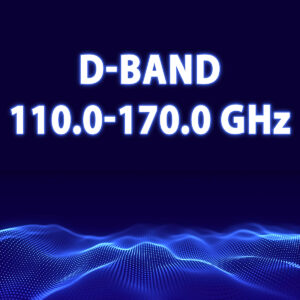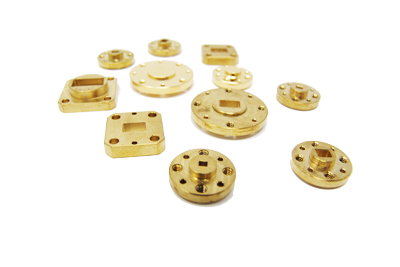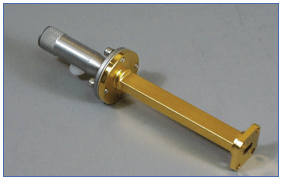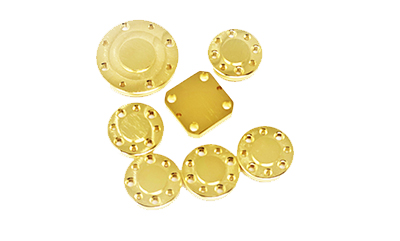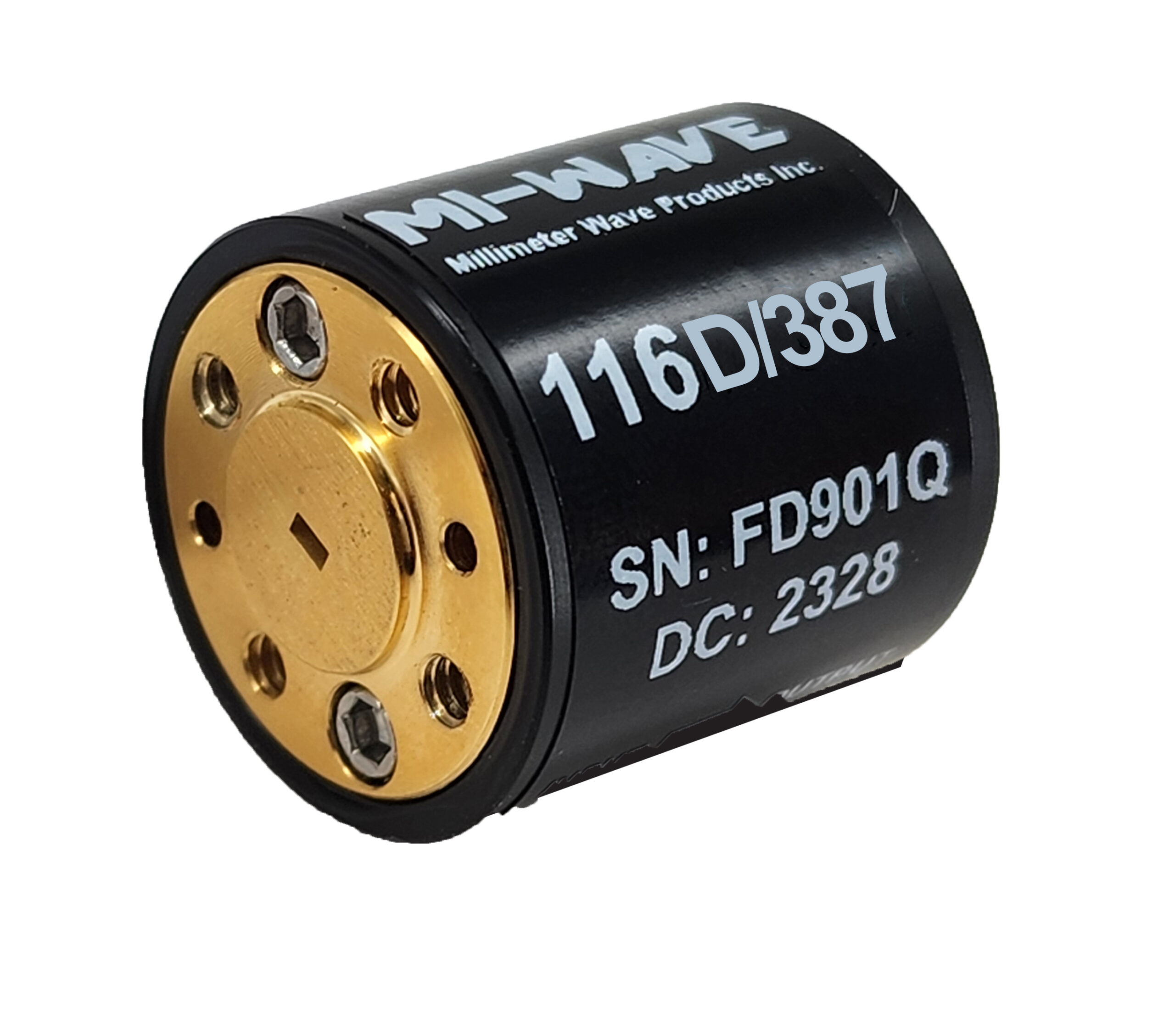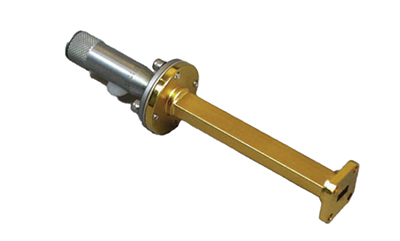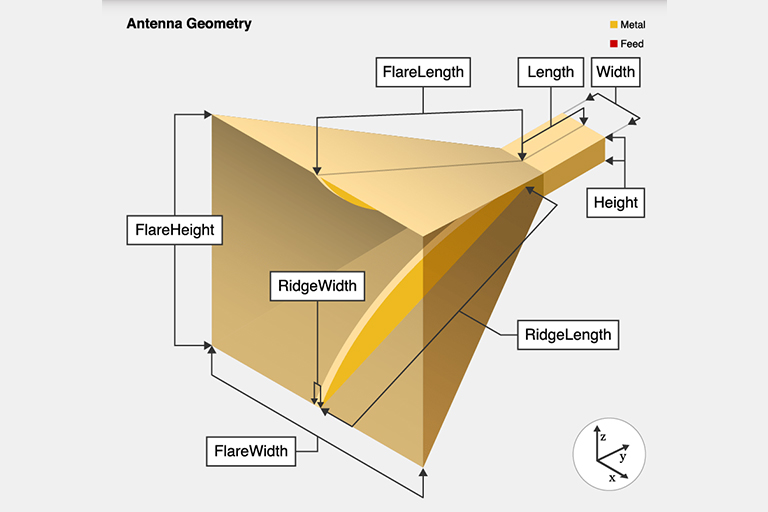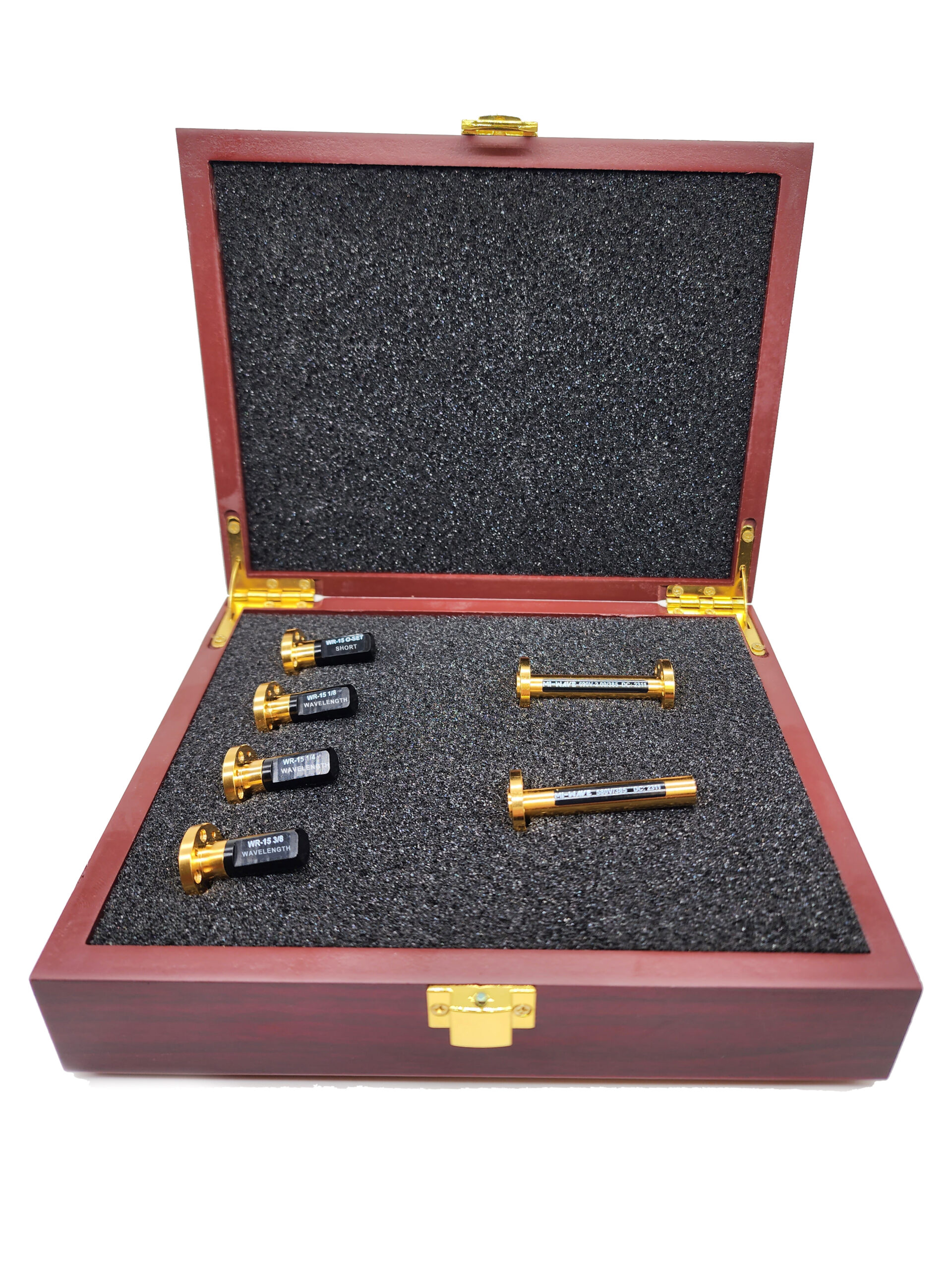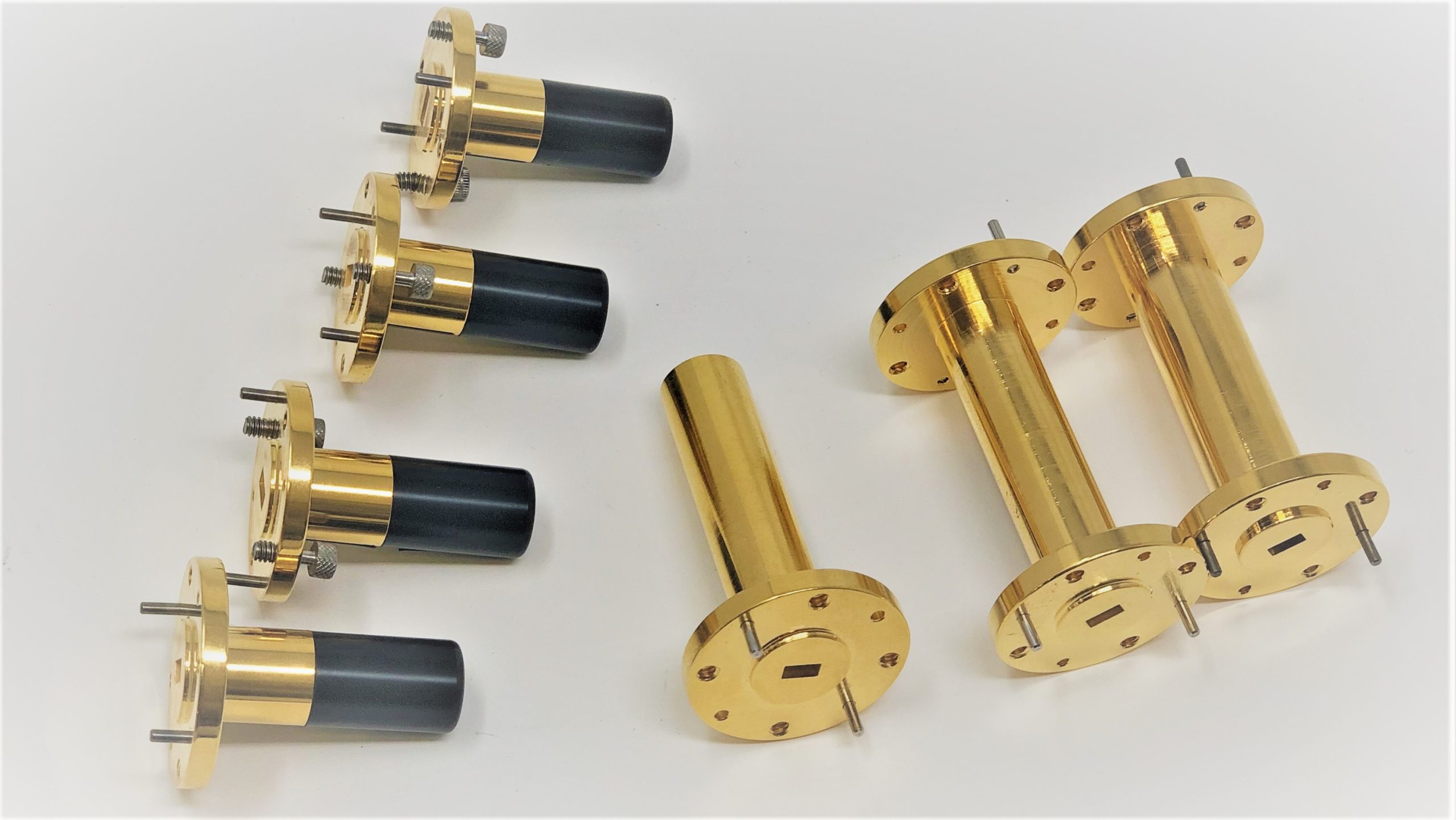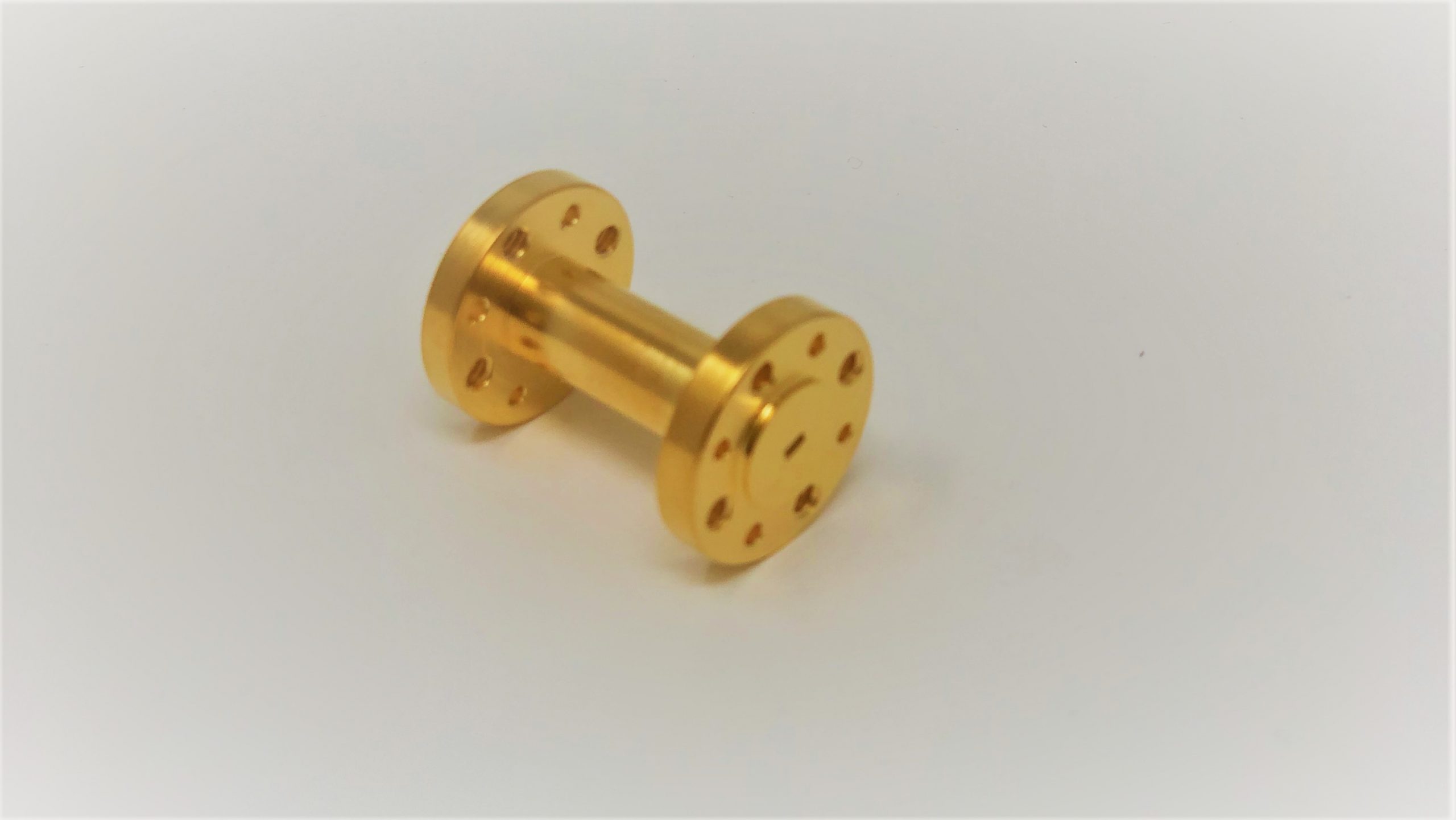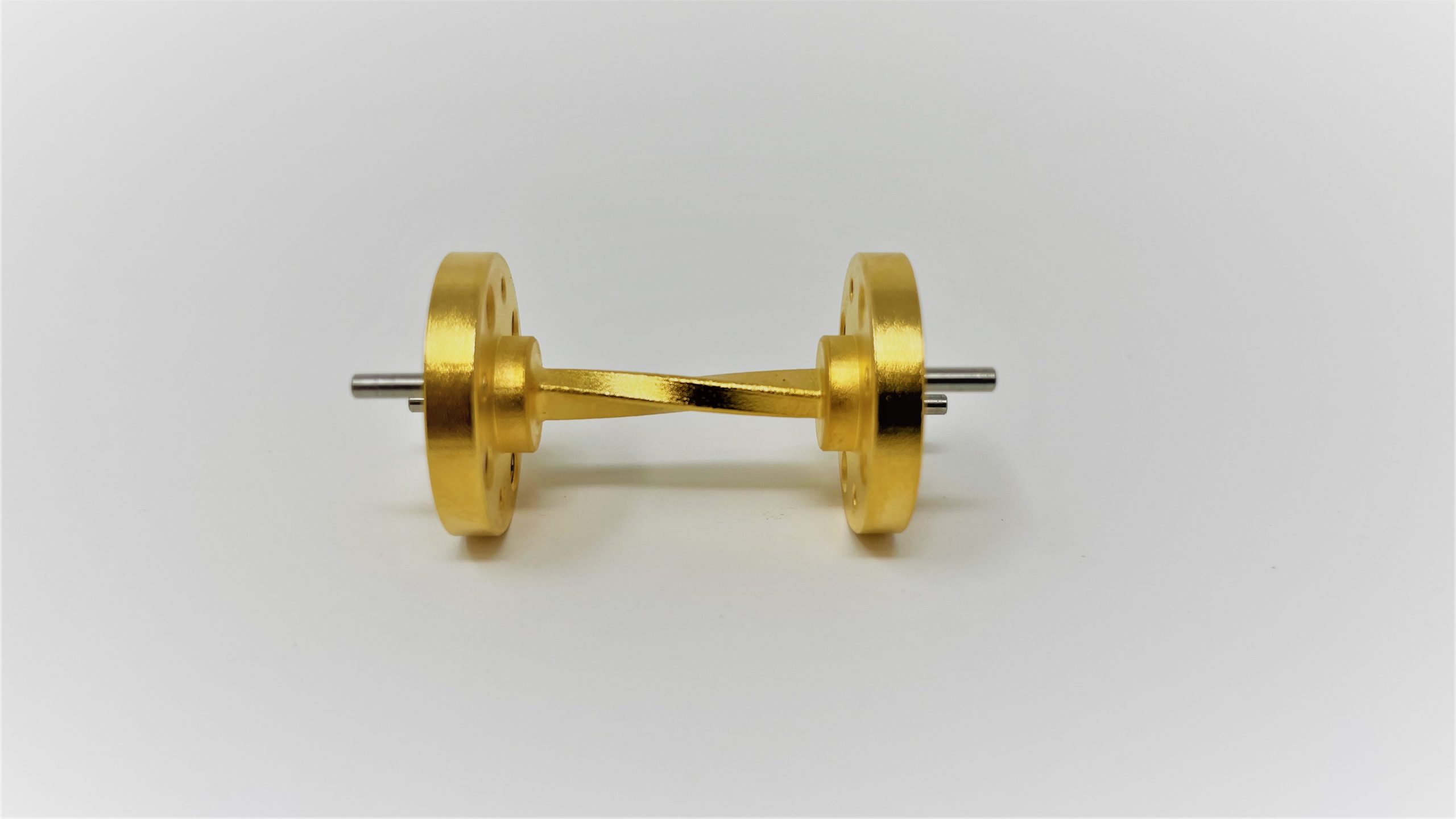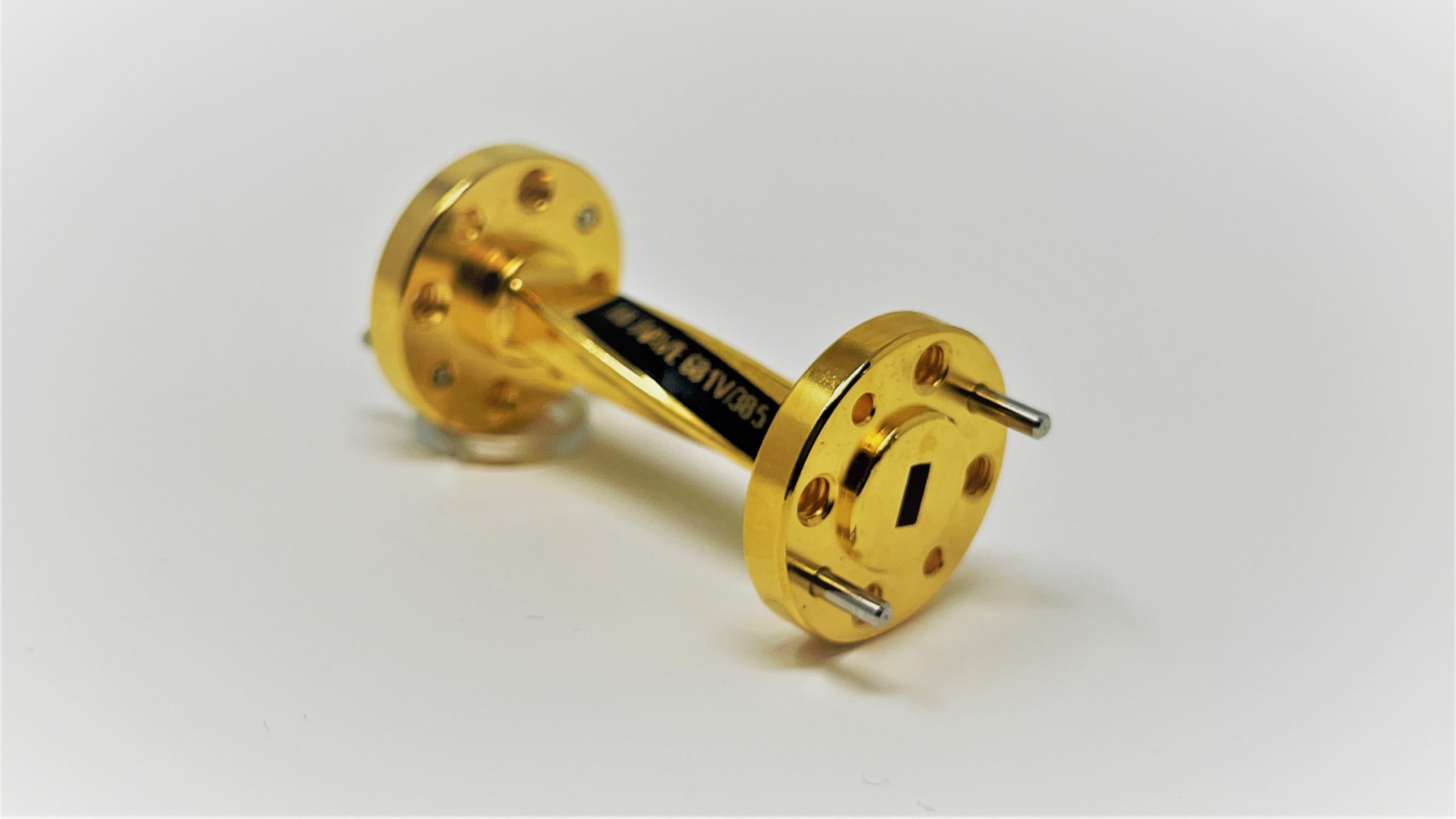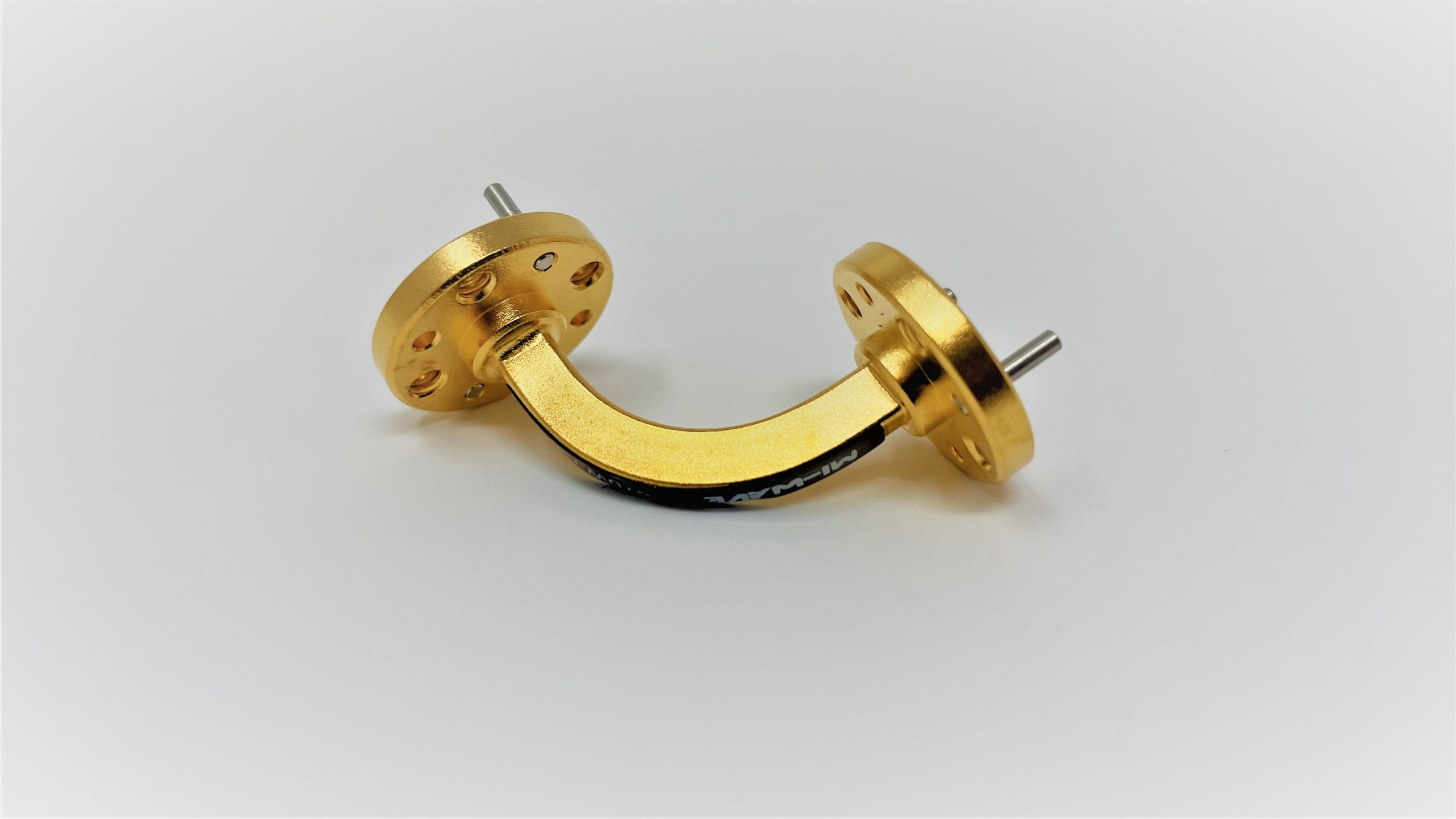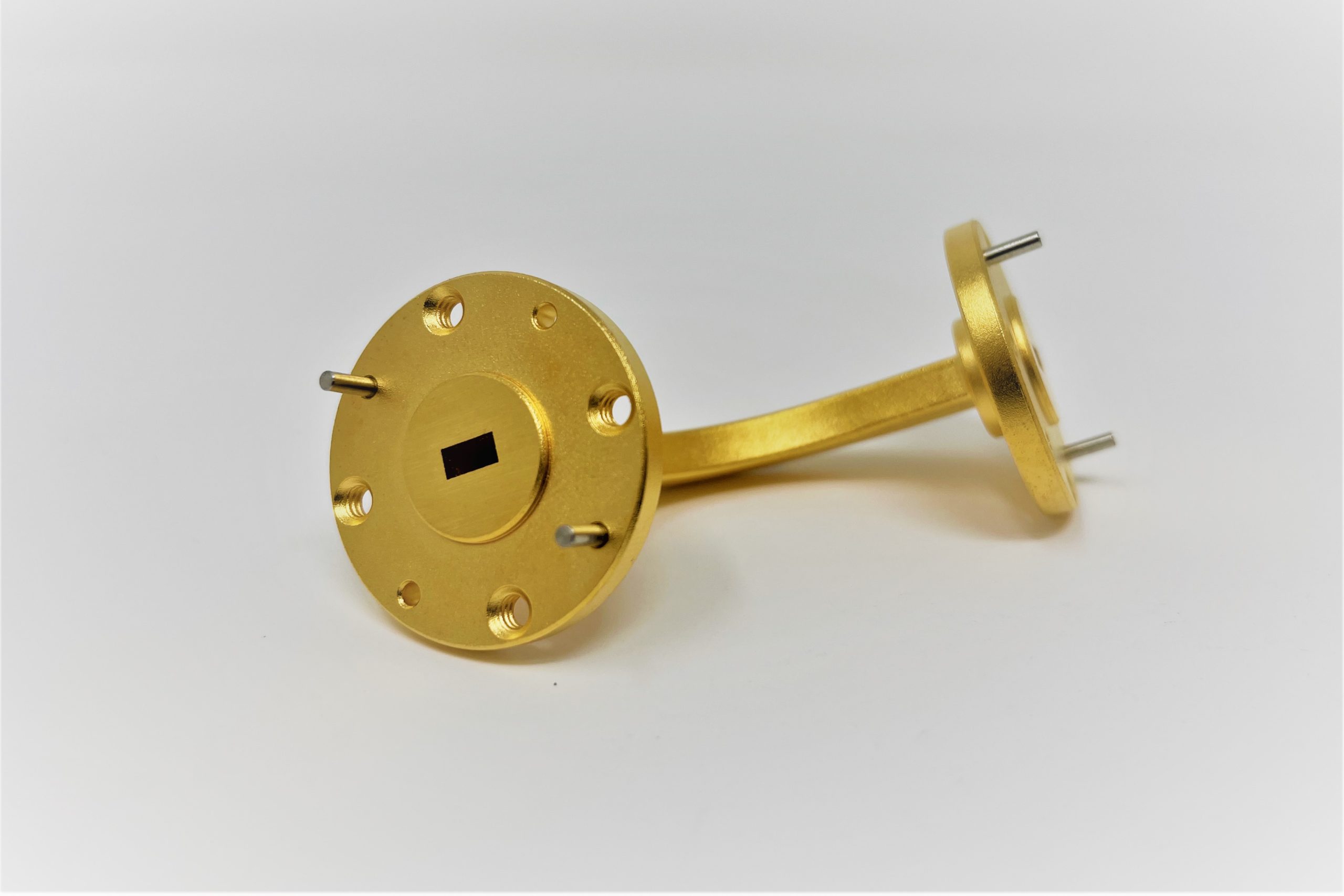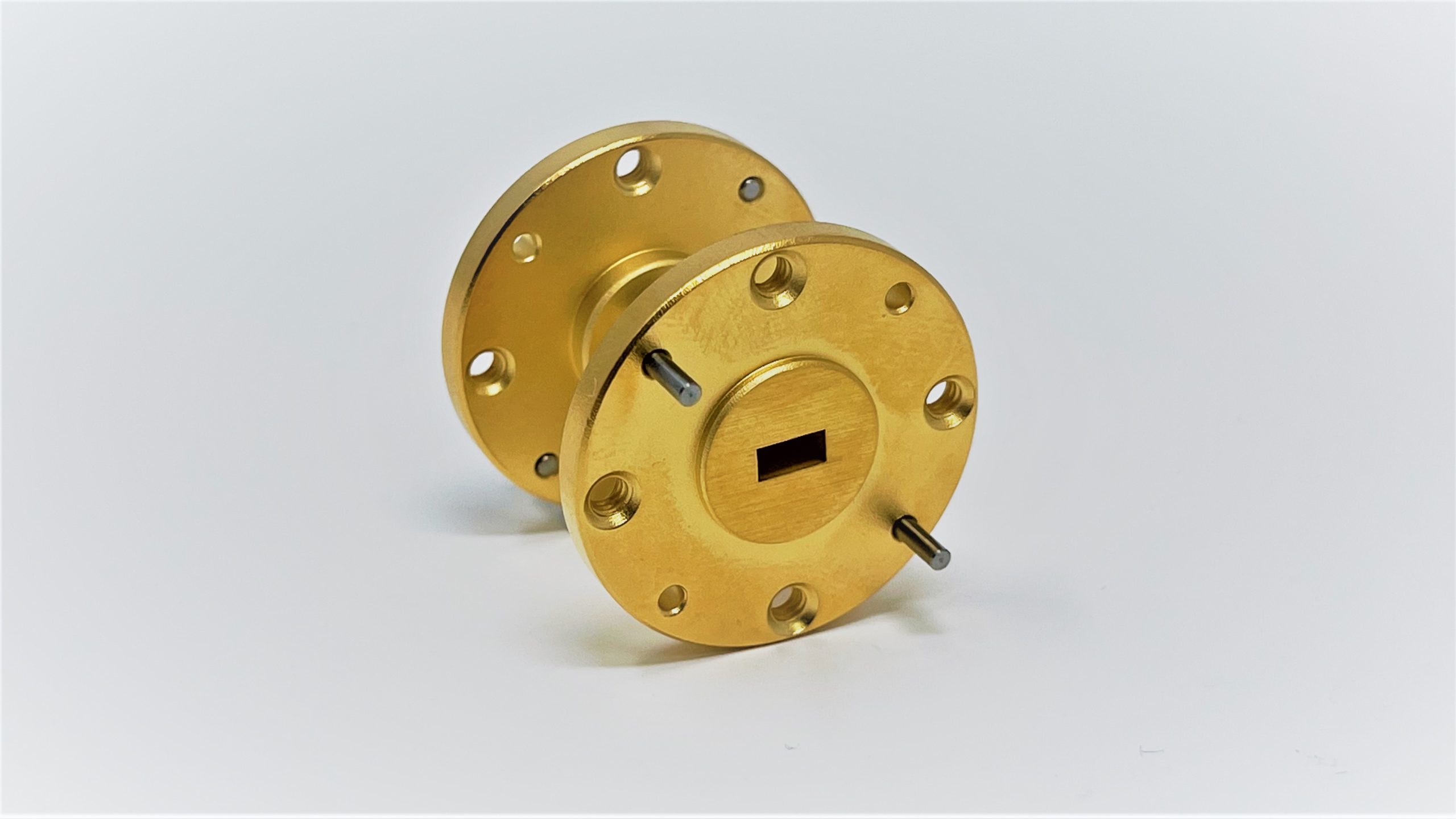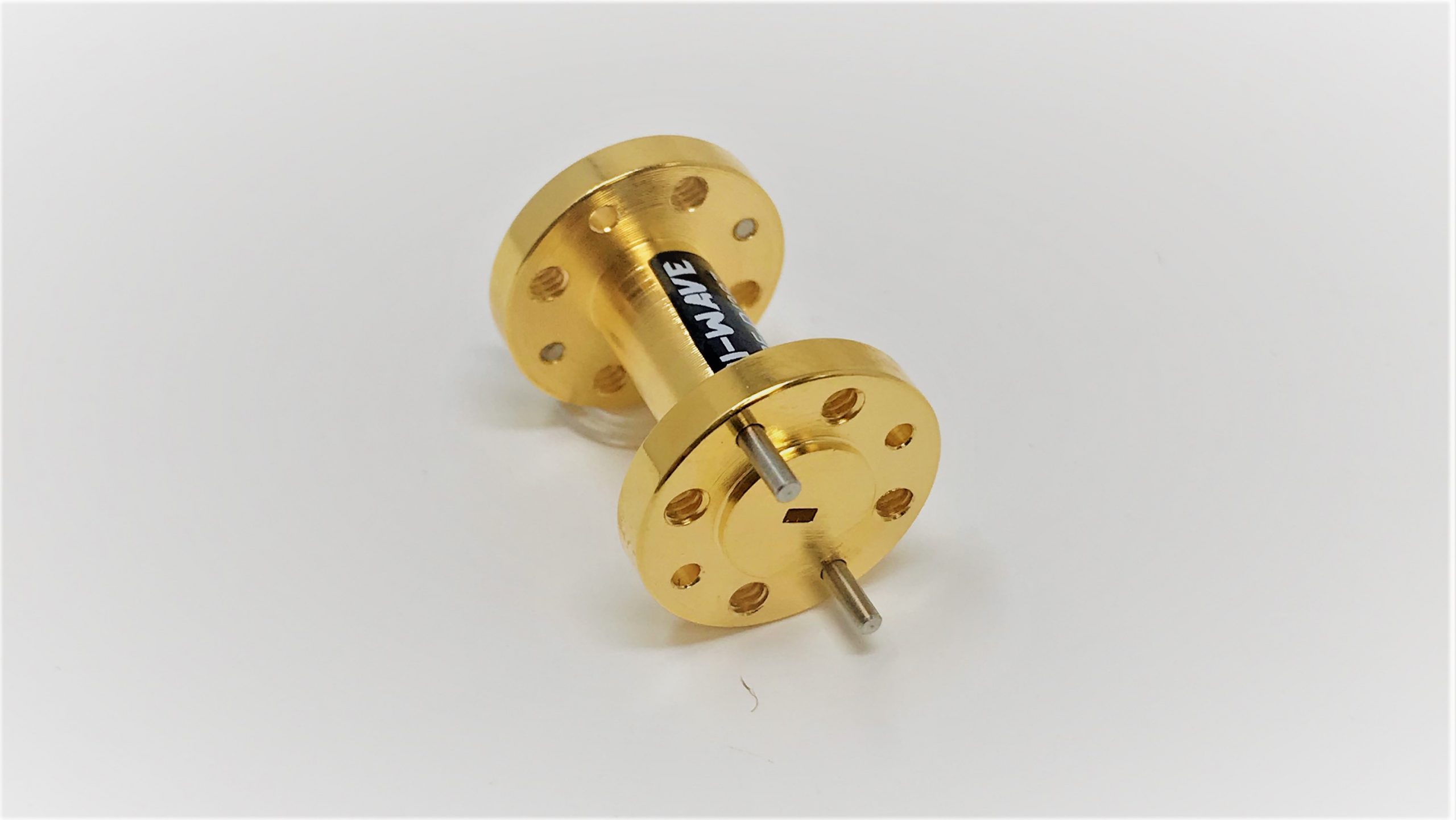|
Frequency Letter Band
|
D-Band
|
|
Frequency Range
|
110 to 170 GHz
|
|
Wavelength
|
1.7 to 2.3 mm
|
The D band represents the frequency range from 130 GHz to 174.8 GHz. Signals in this frequency range have very short wavelengths from 1.7 mm to 2.3 mm. The D band frequency range is a potential candidate frequency band for next-generation 5G and 6G mobile communication as well as for future radar applications. This frequency band lies in the millimeter wave frequency range.
The growing 5G networks are already seen an increasing demand for high-capacity, high-speed microwave wireless links for backhaul to support evolving network requirements and growing data traffic. The next generation 6G network (may offer 100 Gbit/s and much more) will need large bandwidth to support high capacity and high-speed service requirements in the future.
The D band offers much higher bandwidth than other microwave bands, the rain attenuation in D-band is only around 2 dB higher than W-band & E-band and is almost flat across the whole frequency range. Also, an antenna of the same size will also give a higher gain in D-band when compared to one at a lower frequency. All these features of the D-band make the D band a potential candidate frequency band for next-generation high-capacity wireless backhaul links for 5G and beyond (6G application).
Researchers expect the D-band to serve as an ultra-high-capacity extension for 5G backhaul and fronthaul in dense urban environments. This band can support large channel bandwidths and handle up to 50 times more traffic than microwave bands typically used for mobile network backhaul. D-Band is foreseen to be mostly used in dense urban environments for, thanks to the small form factors of the products involved.
D band spectrum available for wireless communications:

